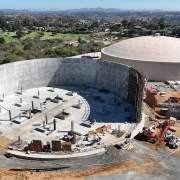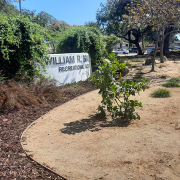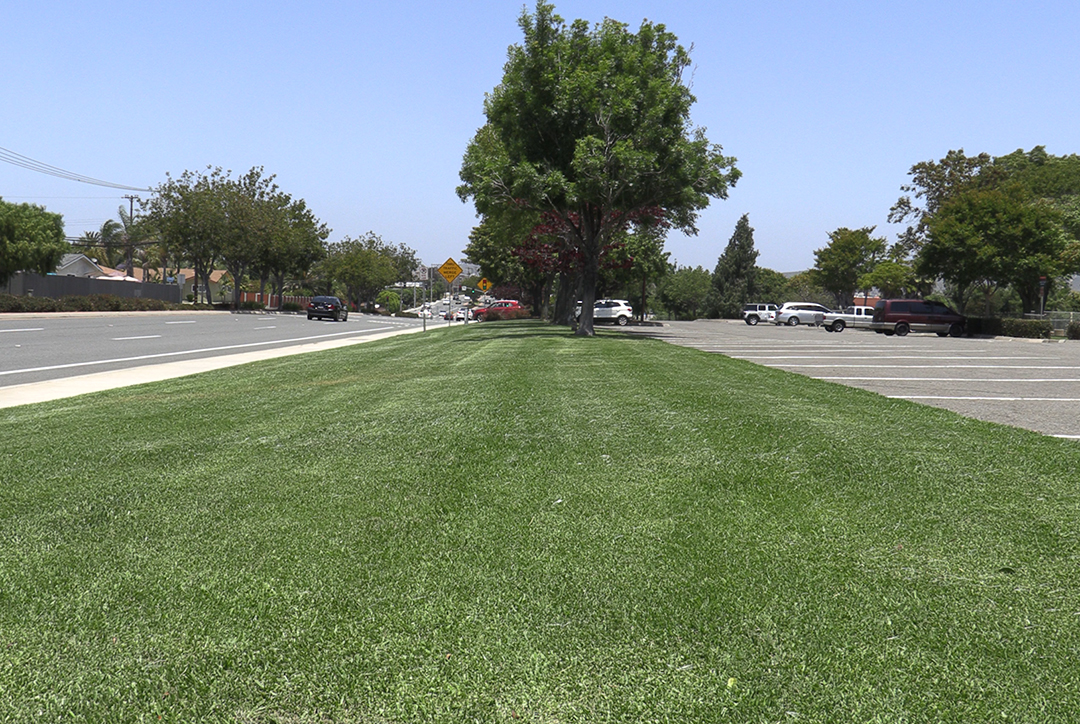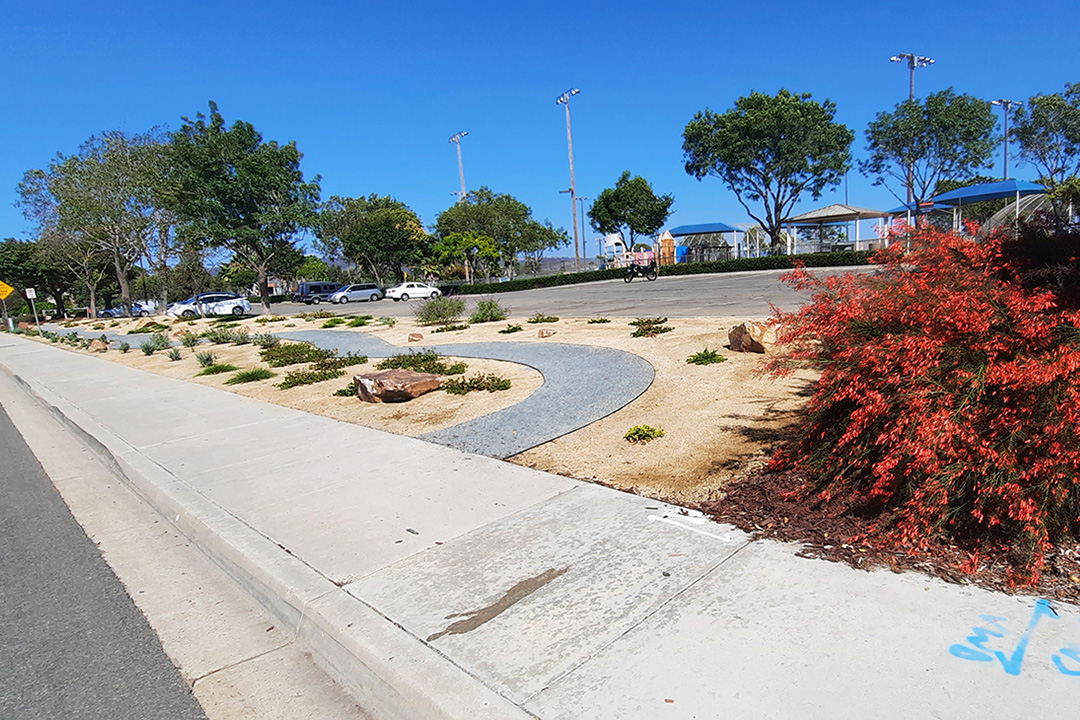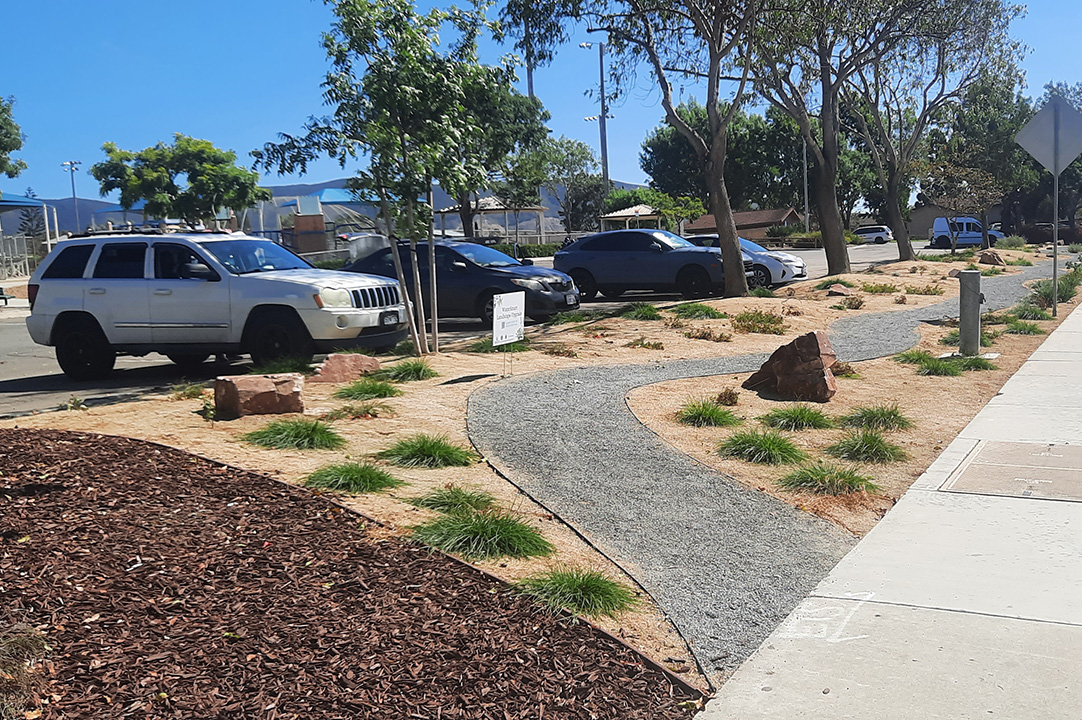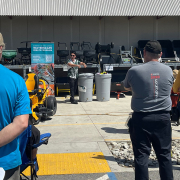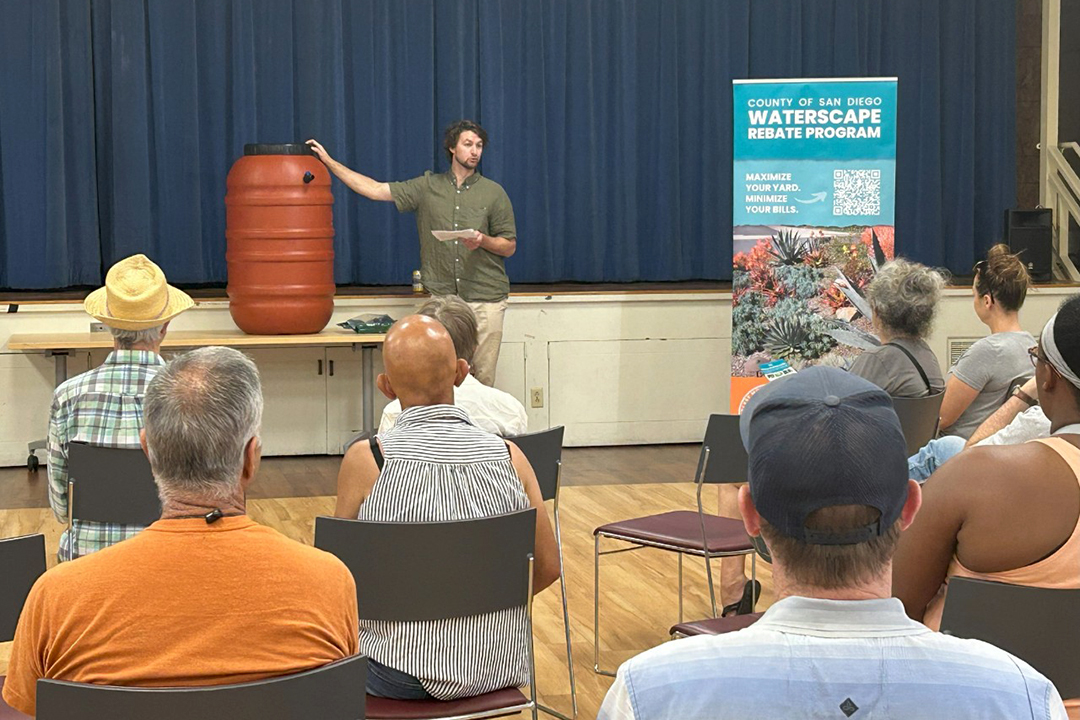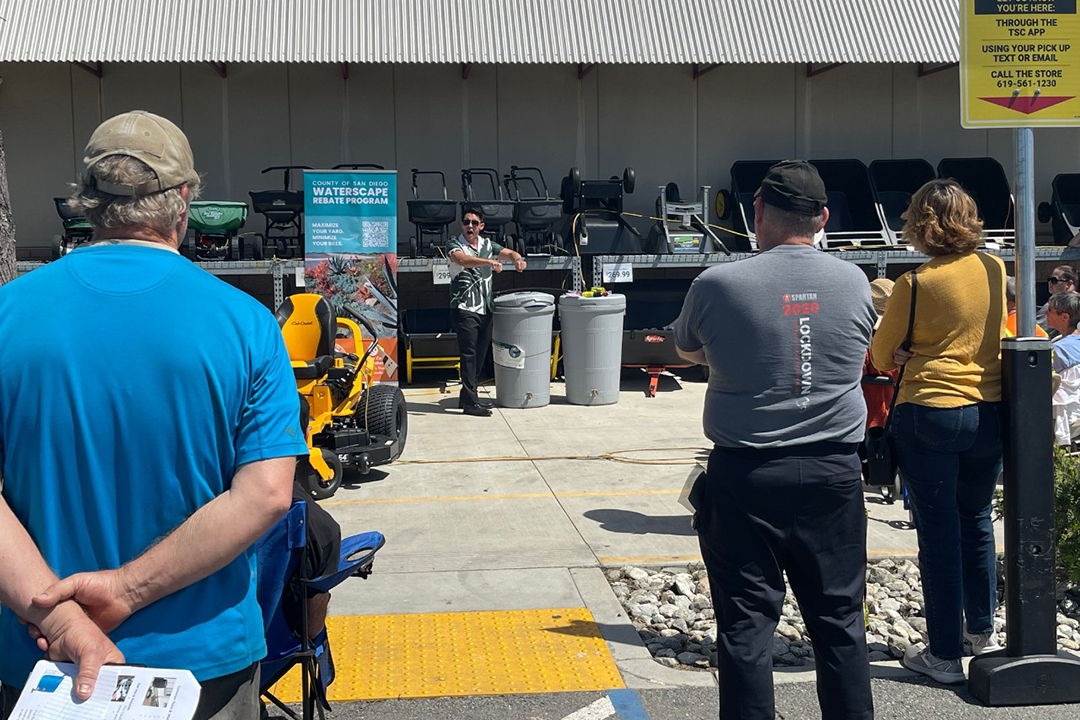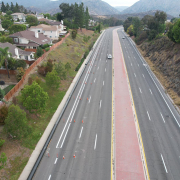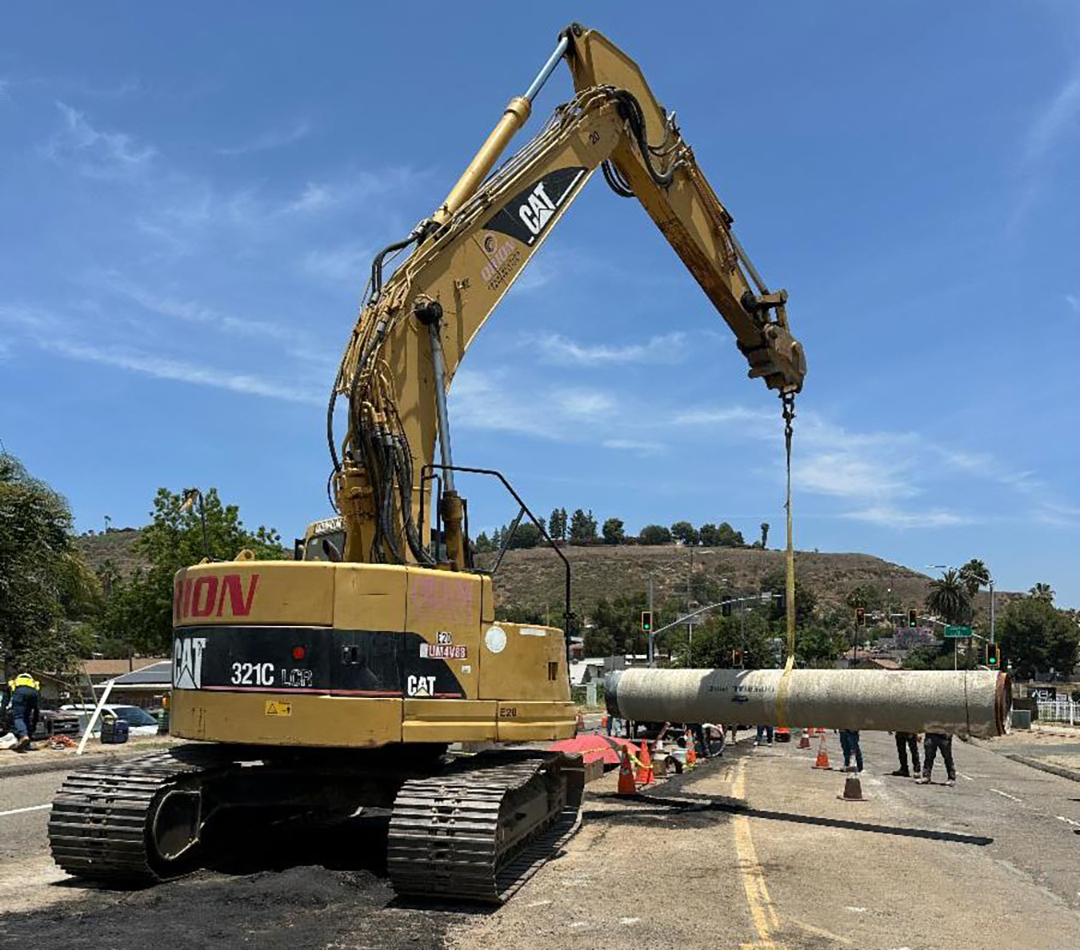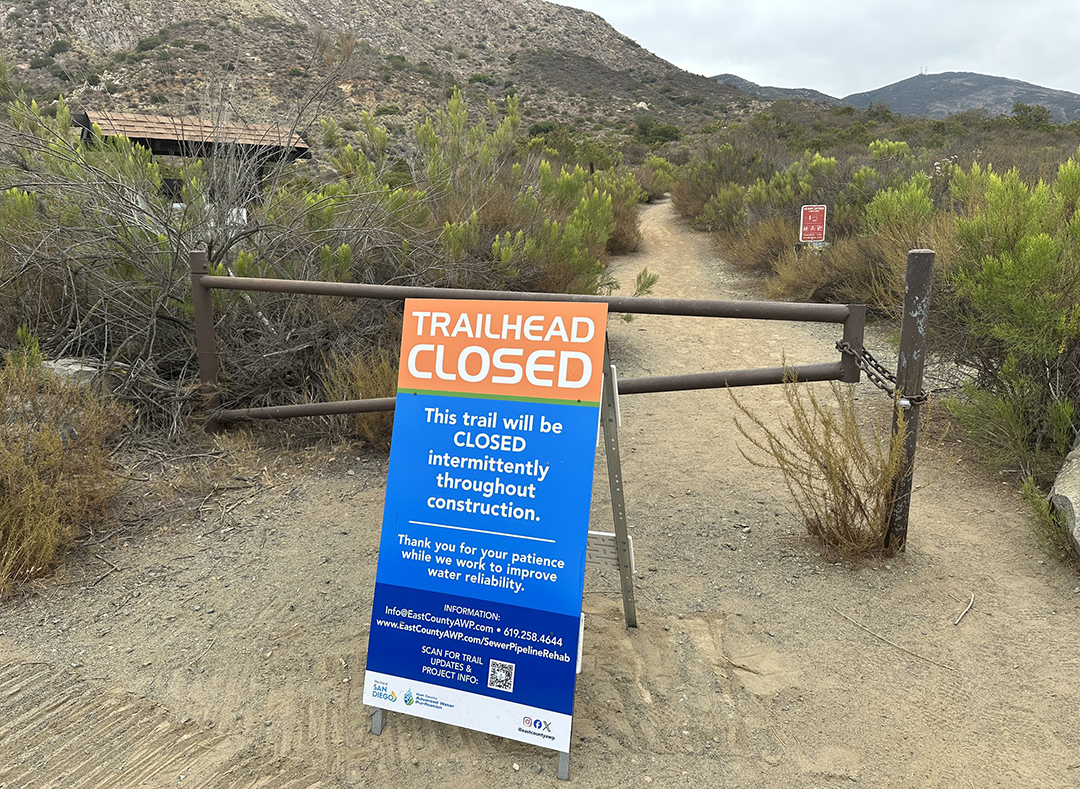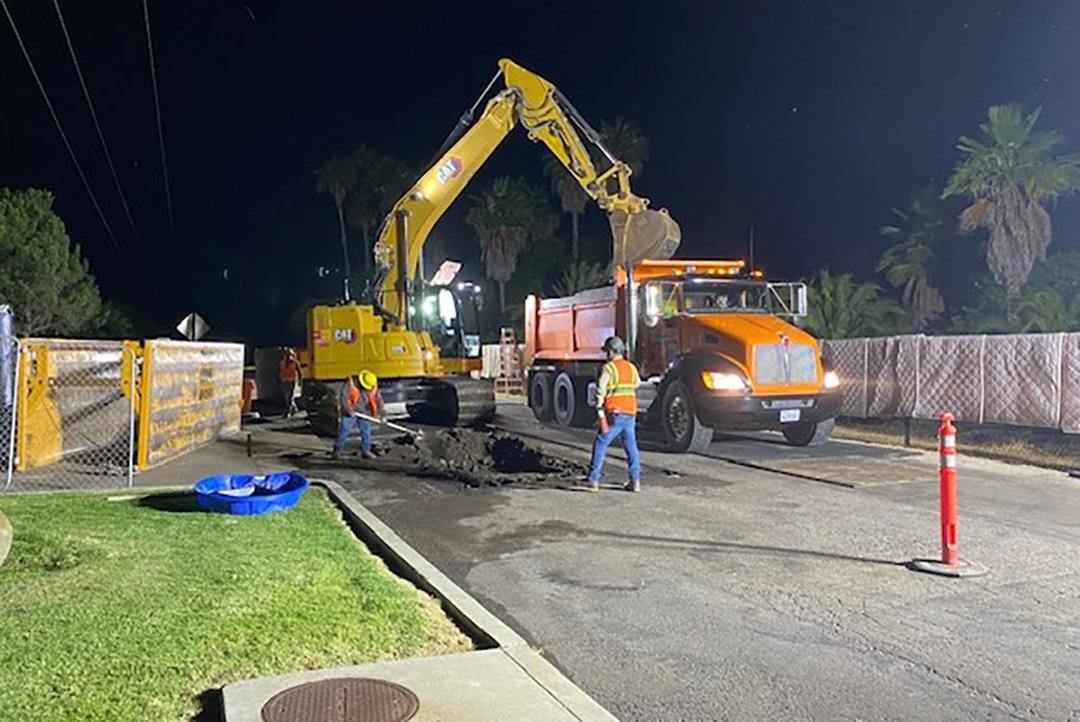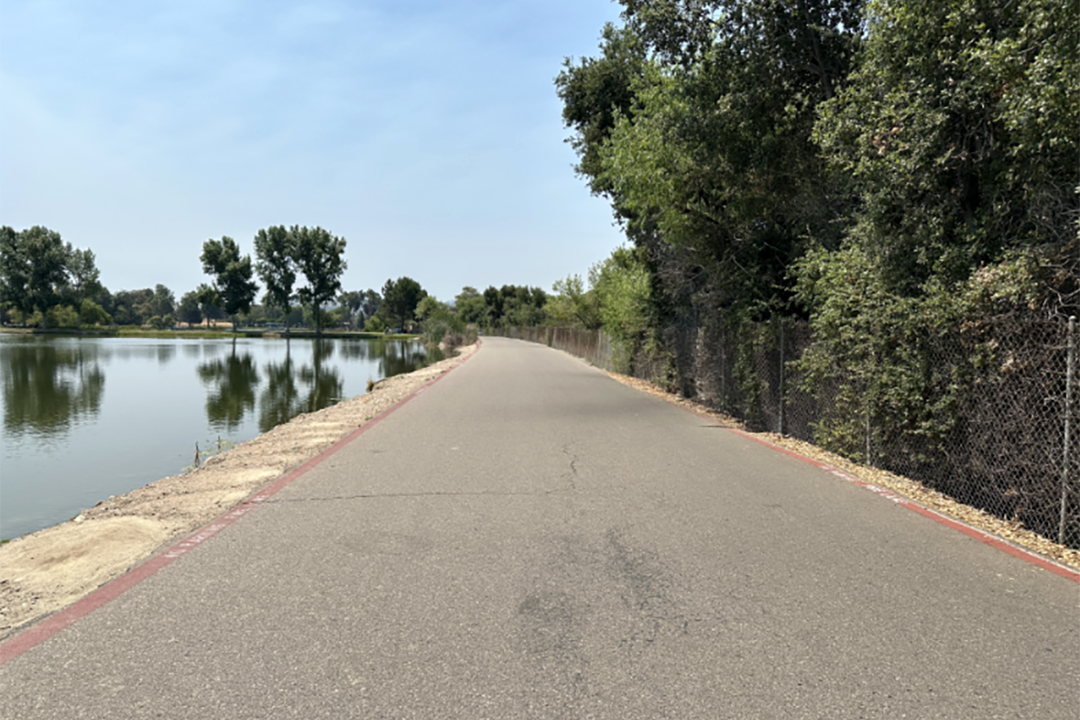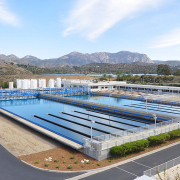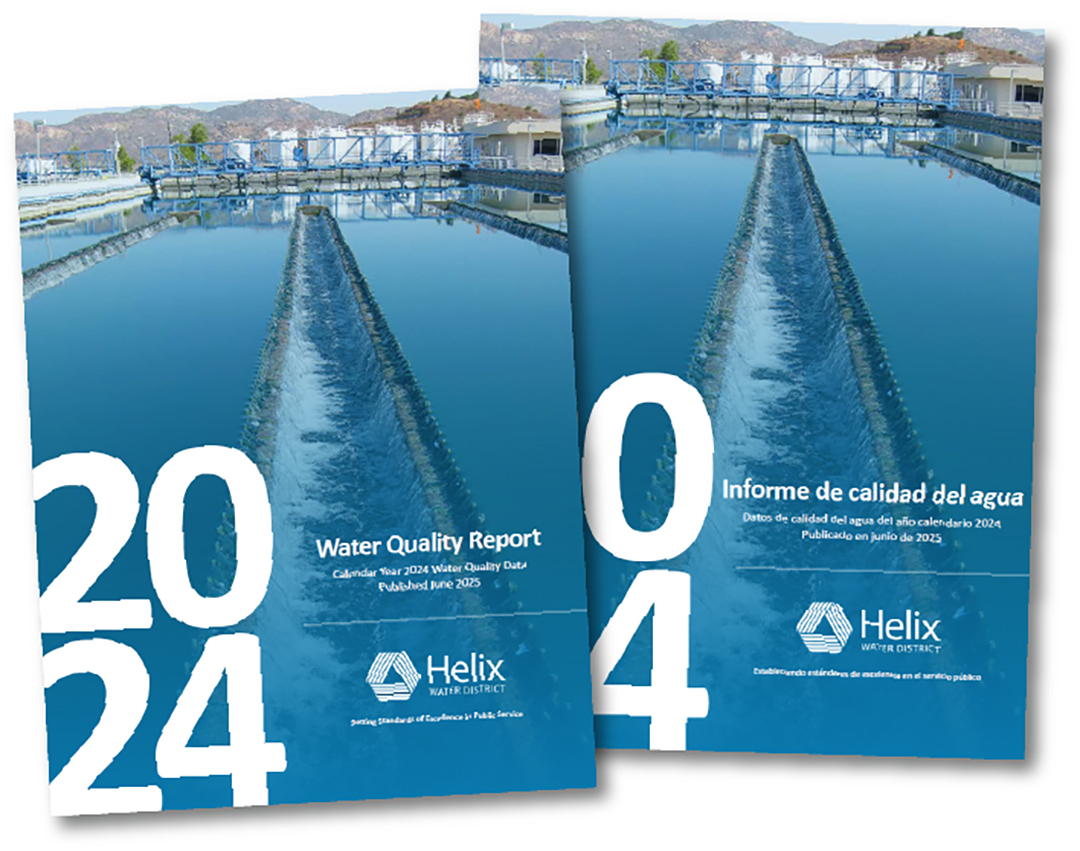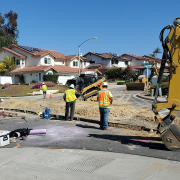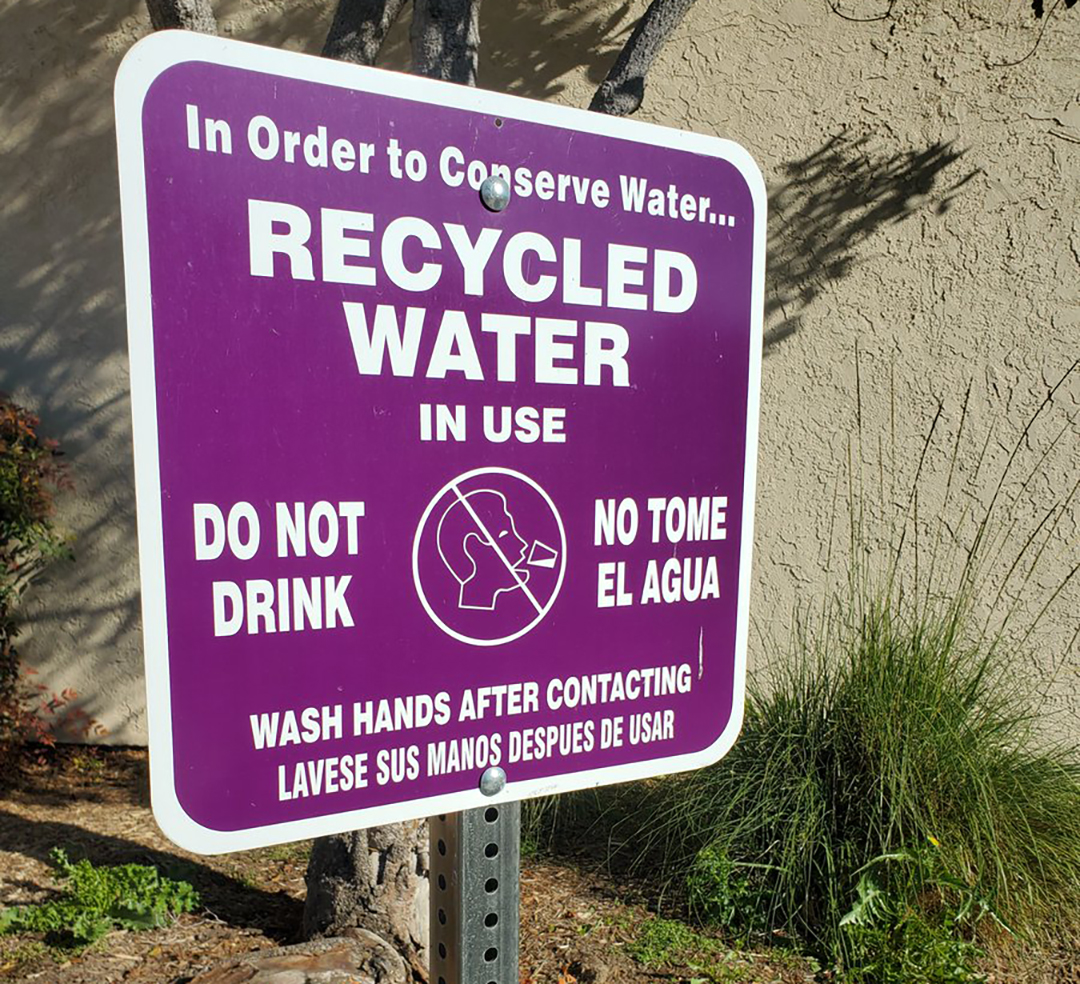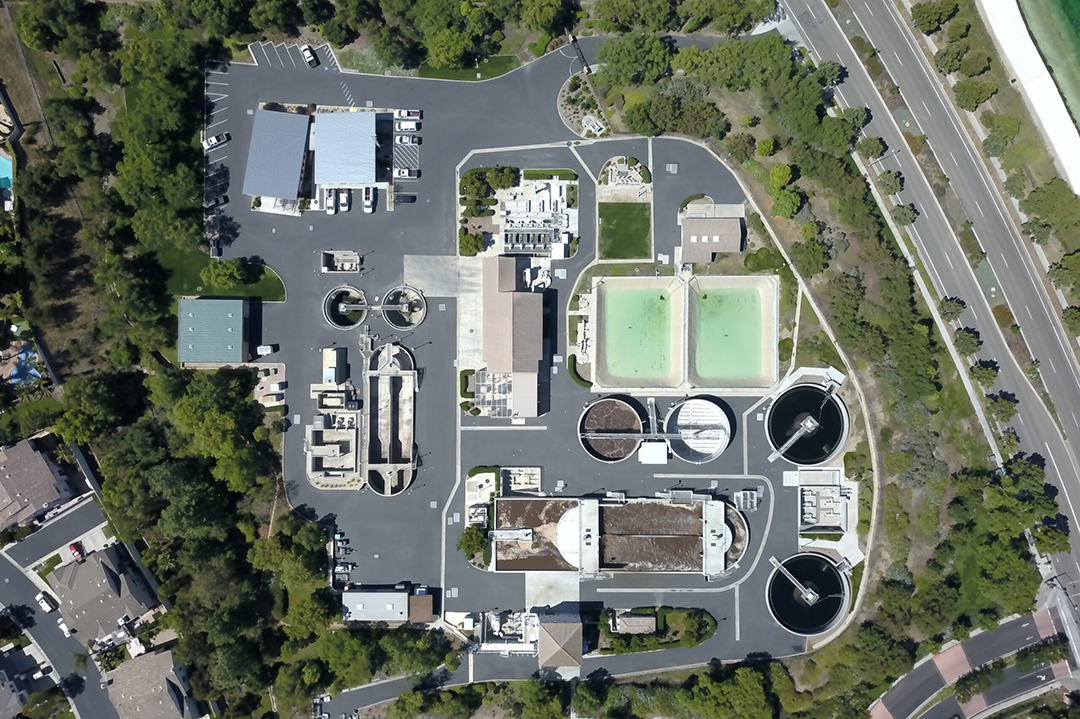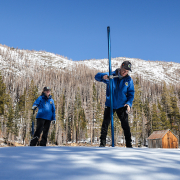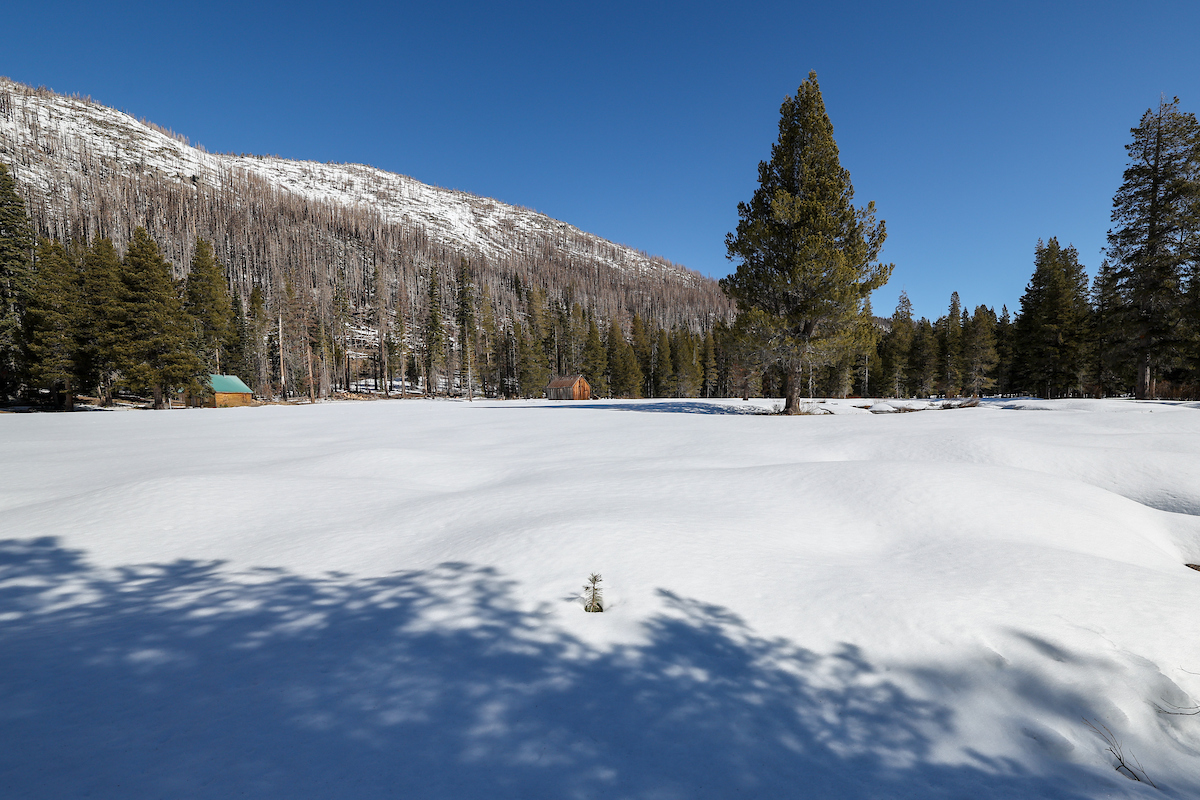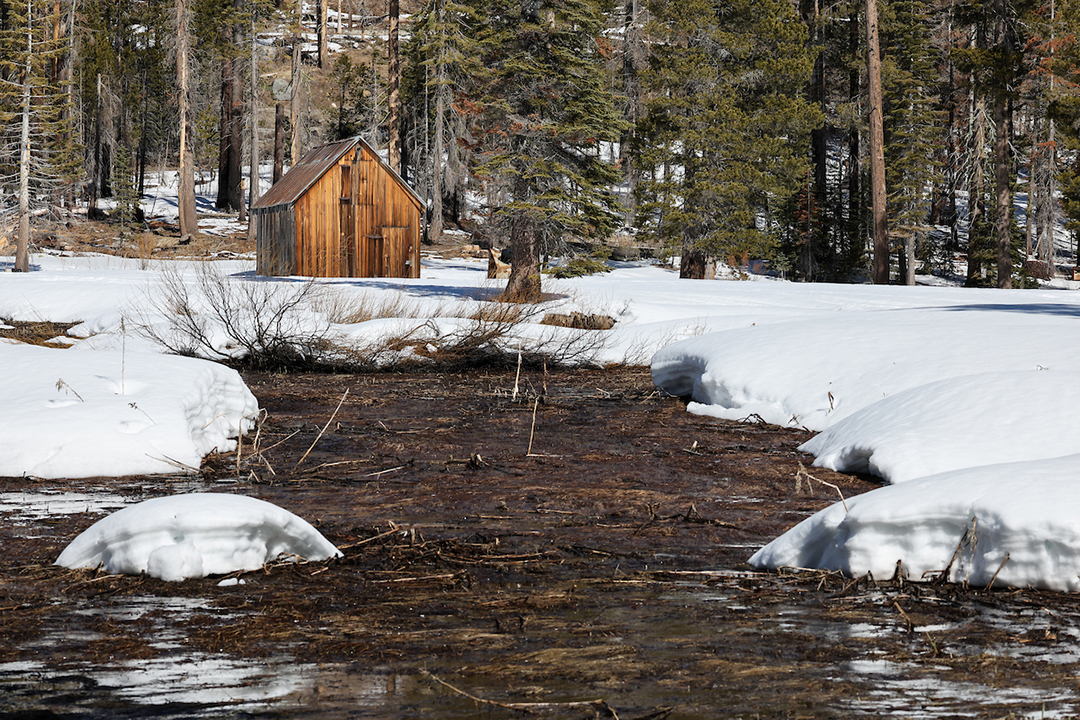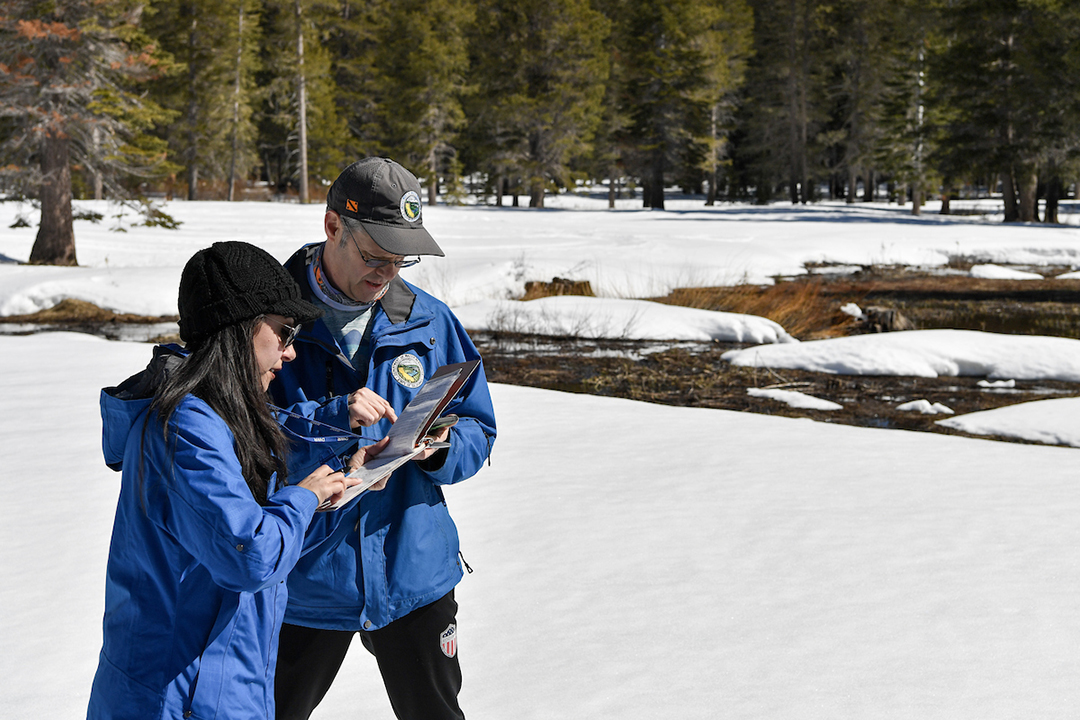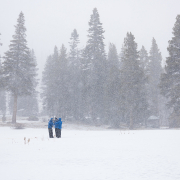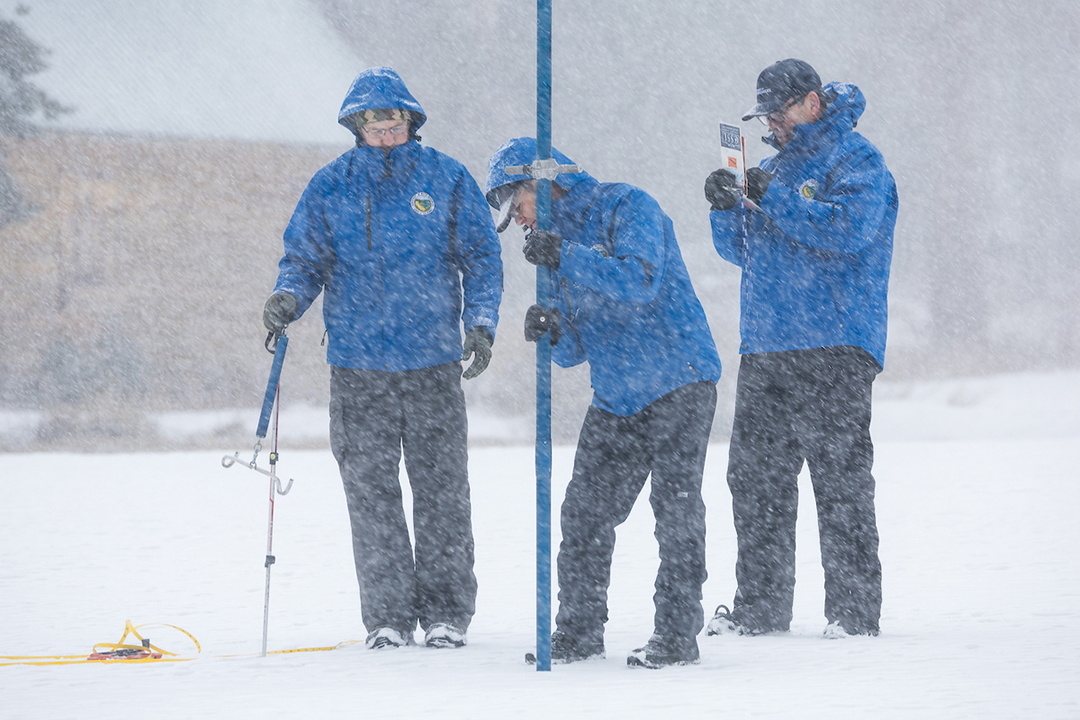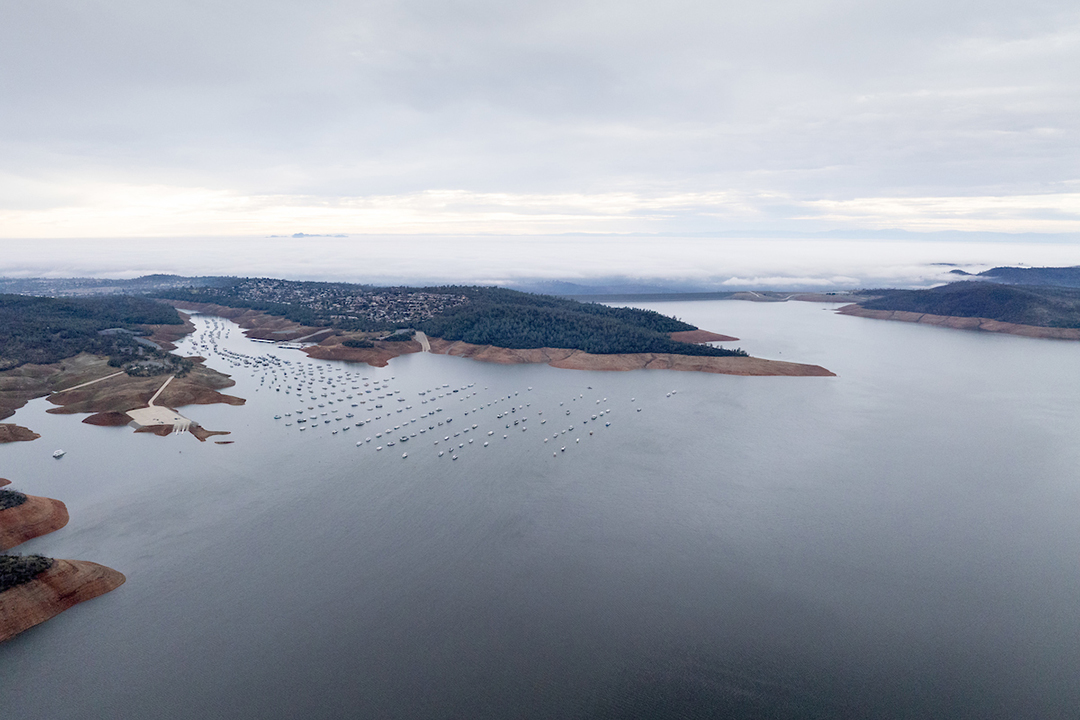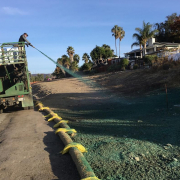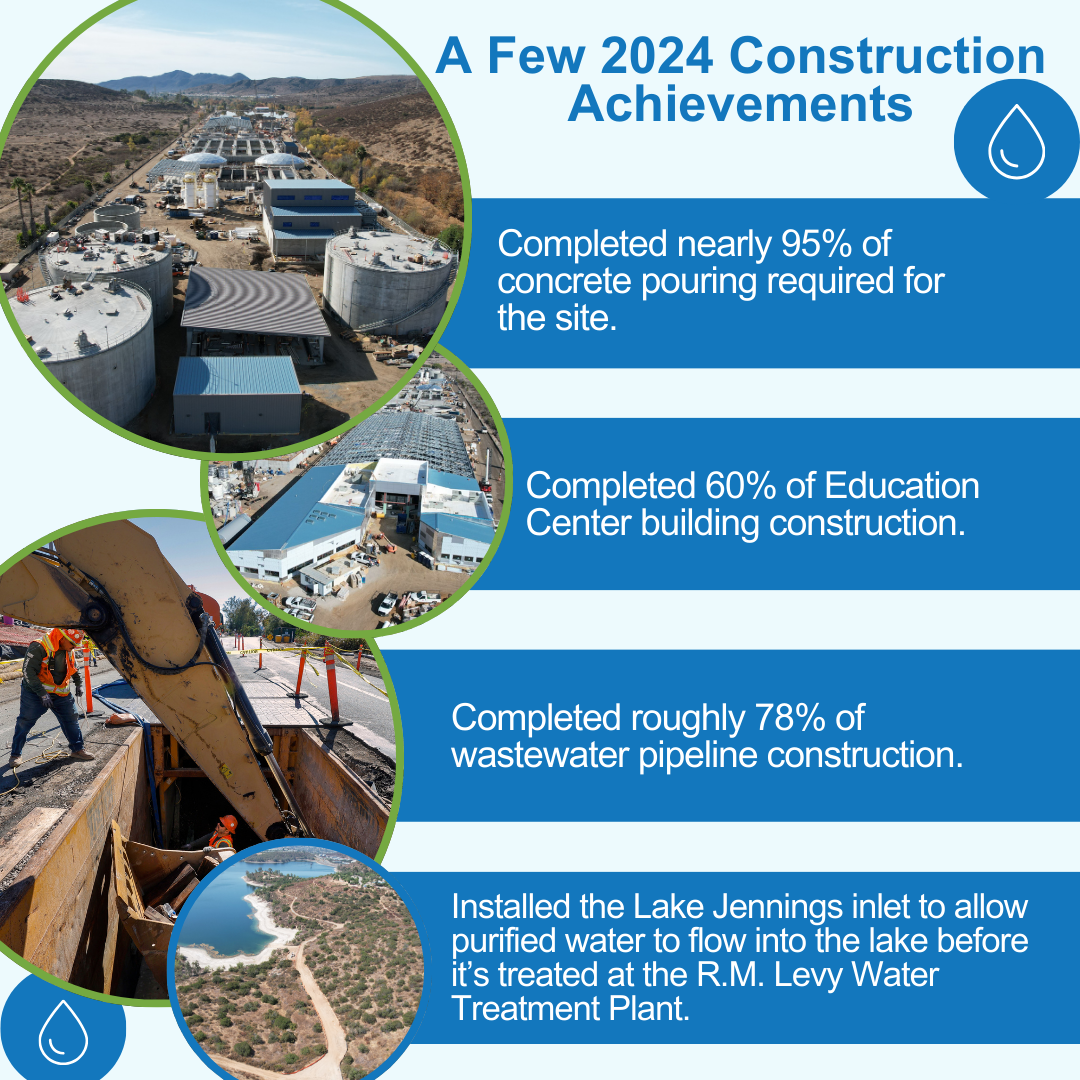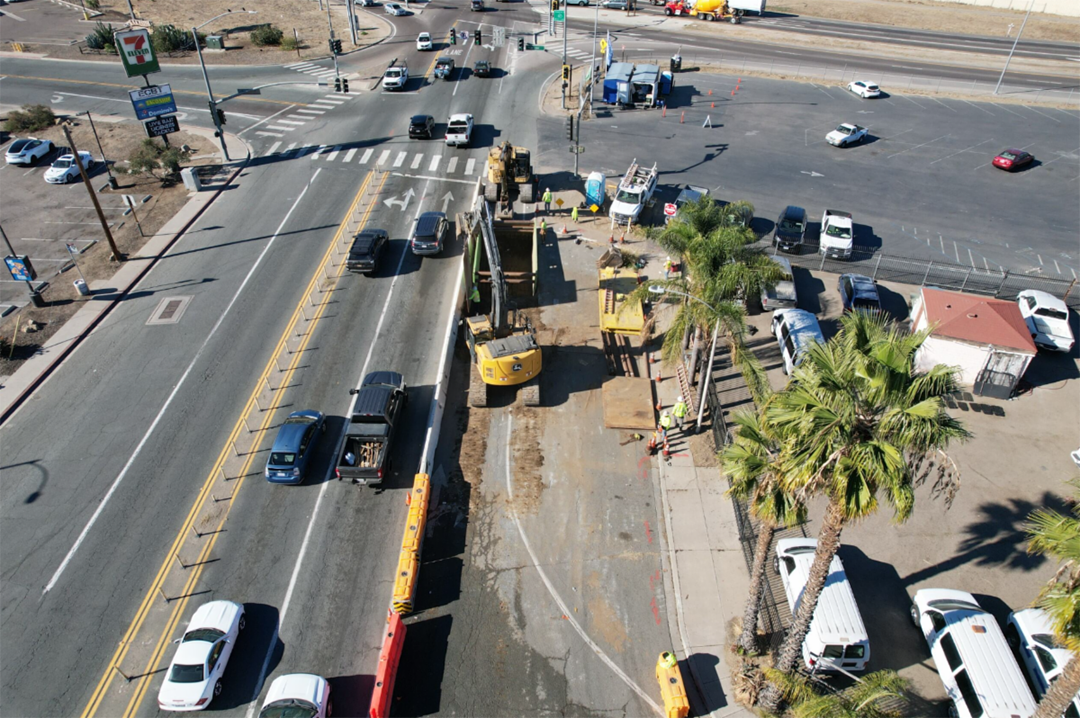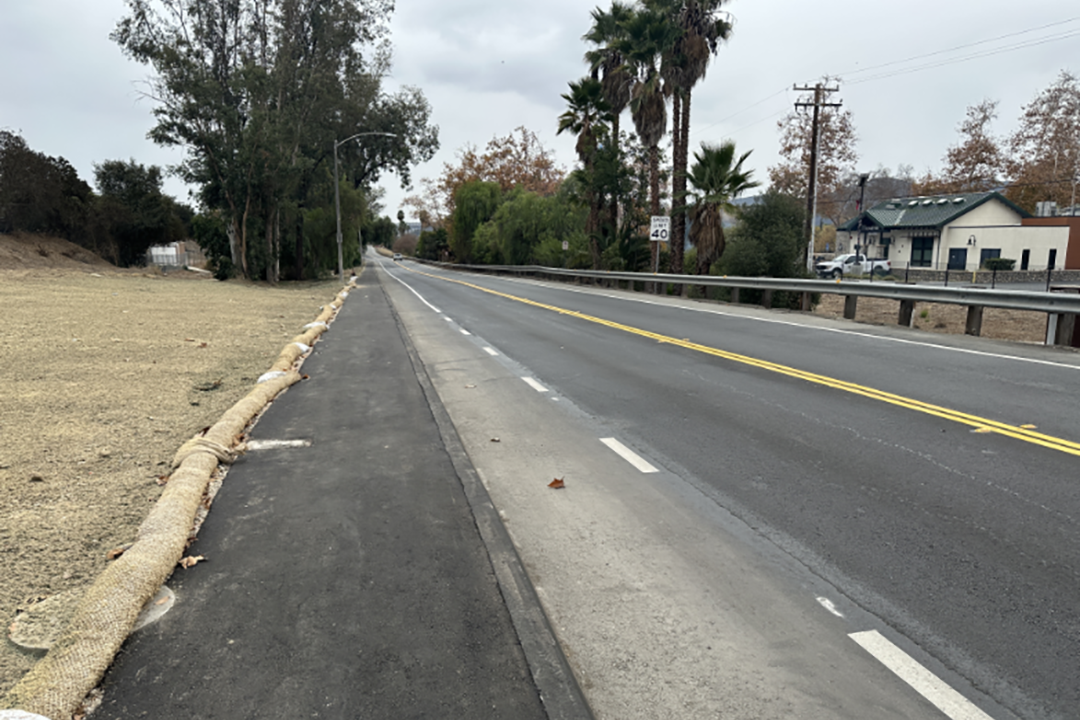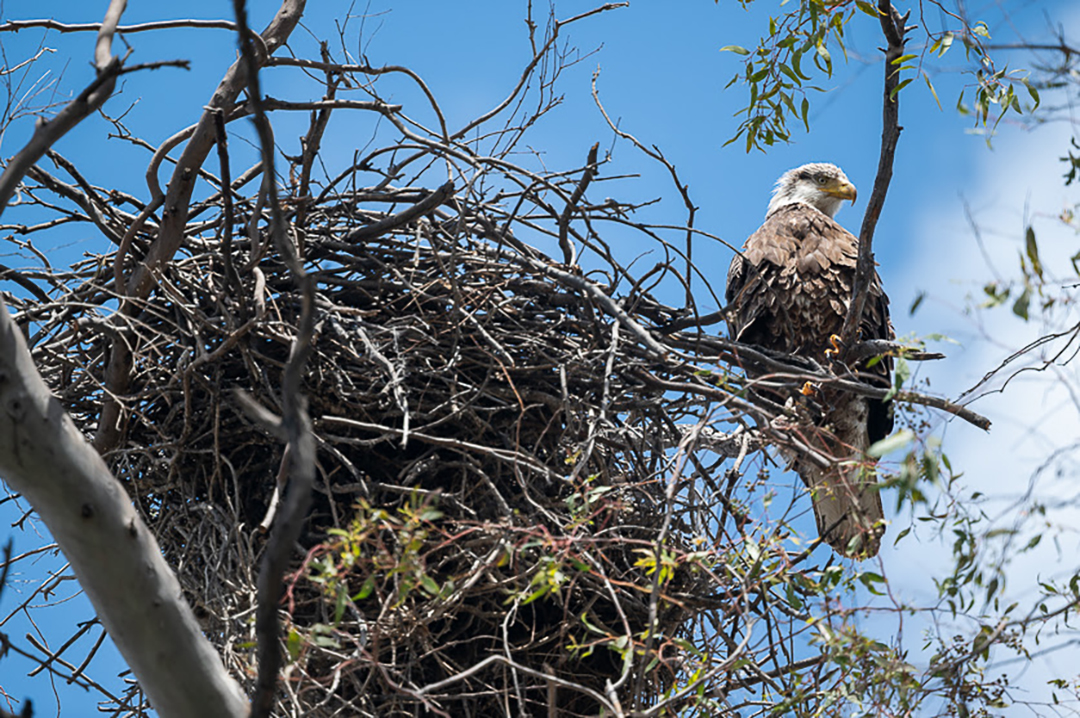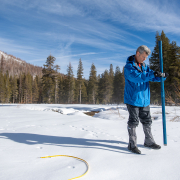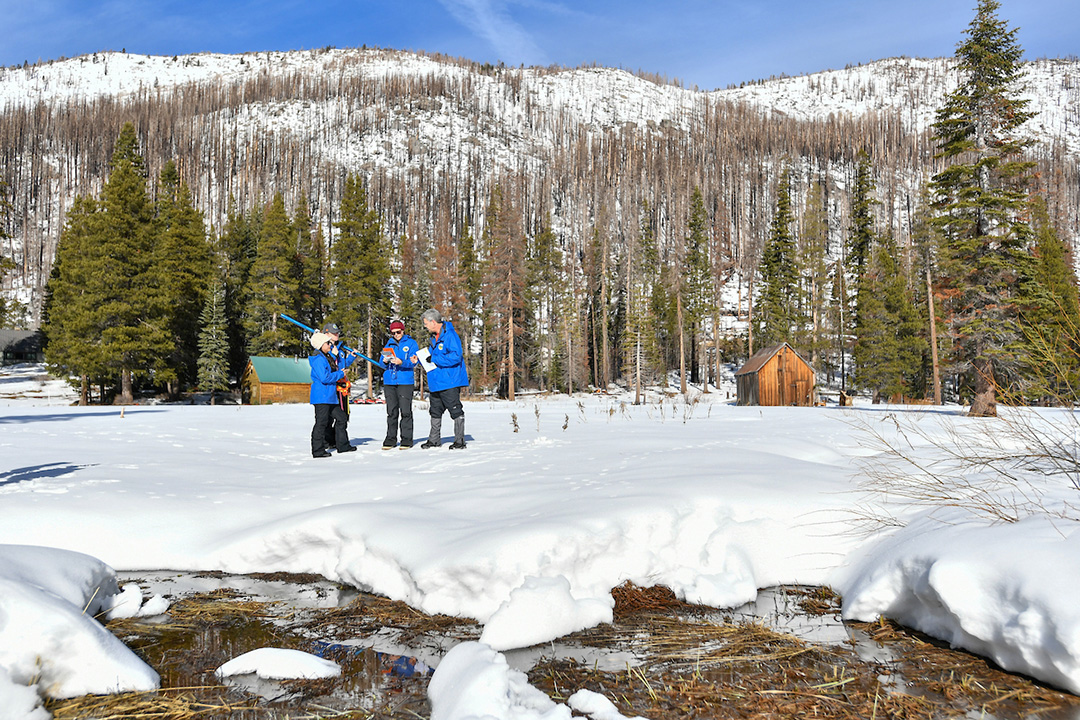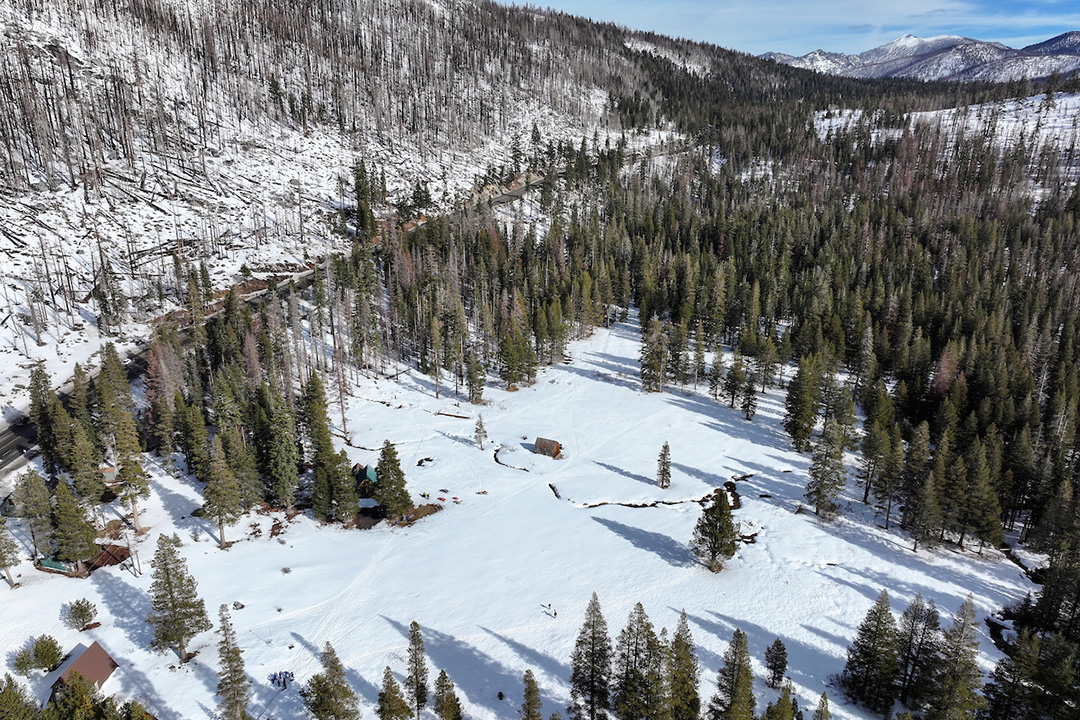Fire Mountain Project Expands Oceanside Recycled Water System
Strategic infrastructure investments by the City of Oceanside continue to strengthen its water independence. Oceanside is currently constructing the last components of its Lower Phase 1 Recycled Water System.
The project is now reaching a crucial phase following the successful completion of six miles of new recycled water pipeline along El Camino Real, extending from the San Luis Rey Water Reclamation Facility south to the Fire Mountain site.
Currently, construction is underway on a new recycled water reservoir and pump station. This project will ensure reliable storage and efficient distribution of recycled water resources and reduce reliance on imported water.
Construction Activity Continues at Fire Mountain Site
Crews began construction on a 2.2 million-gallon reservoir (storage tank) on Fire Mountain Drive directly west of the Eternal Hills Memorial Park cemetery in March 2025. Construction on the project is progressing on schedule.
See video of the Oceanside Fire Mountain project’s progress.
Construction crews completed site preparations, installed recycled water and storm drain piping, and constructed two subterranean concrete vaults. On August 28, crews poured the concrete slab for the new reservoir. On September 5, crews started work on the reservoir walls and columns.
Constructing the Fire Mountain reservoir roof is the next step. As reservoir construction continues, crews will work on the pump station that will deliver recycled water from the reservoir to a higher-pressure zone in the distribution system.
Residents can expect minimal street closures during construction, with advance notice provided when closures are necessary.
Normal work hours are Monday through Friday, 8 a.m. to 4:30 p.m. Construction is expected to be complete in Fall 2026.
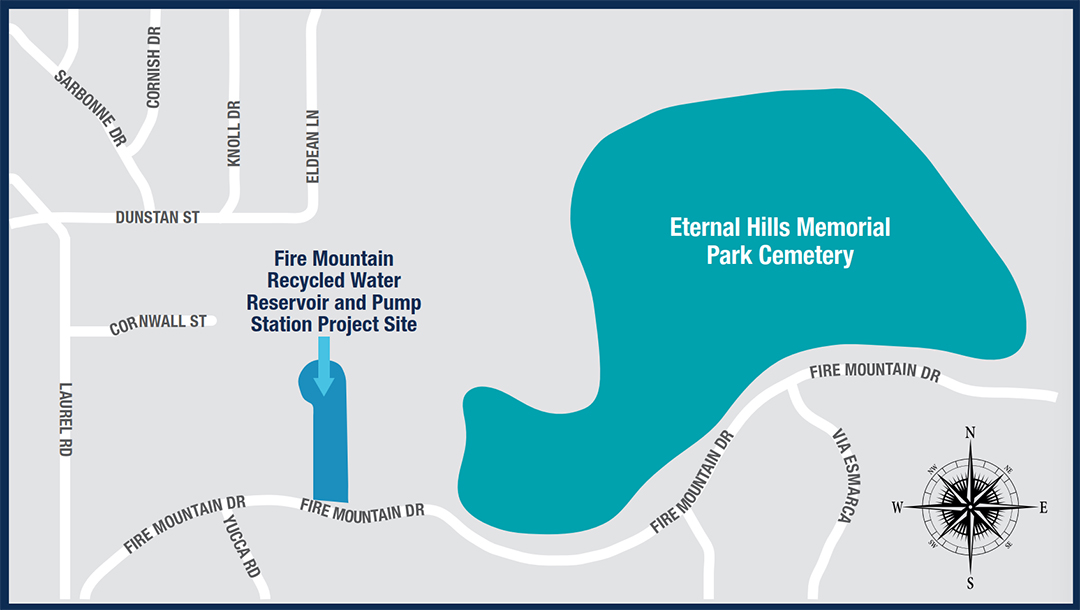
Construction on the Fire Mountain project in Oceanside is progressing on schedule and is scheduled for completion in Fall 2026. Map: City of Oceanside
Commitment to Water Sustainability
This important project supports the City of Oceanside’s goal of maintaining locally controlled, sustainable water sources for its residents. The investment in updated water infrastructure represents City leadership’s commitment to Oceanside’s water independence and sustainability. It will increase local drought resilience and decrease the City’s reliance on imported water.
The City’s recycled water projects benefit Oceanside ratepayers by slowing the rising cost of water, reducing stress on the water supply, and ensuring a reliable source of water during times of drought or natural disasters.
Please visit the City of Oceanside Water Utilities project webpage for more project information. Residents can contact project officials at or 760-435-5836.

